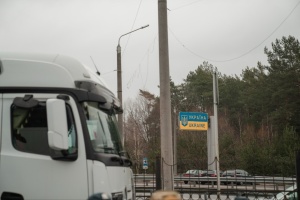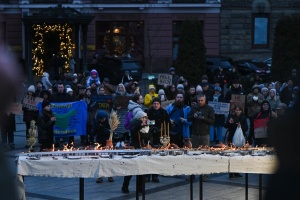
Demining in some regions of Ukraine may last up to 100 years - sapper
Artem Yevtushenko, Support Group Commander with the Rubizh National Guard Regiment, addressed the issue in an interview with Ukrinform within the Commanders of our Victory project.
He explained that landmines still pose a significant threat to civilians in the regions liberated from the invaders.
"The threat is really big, especially for Kyiv region. The war there unfolded quickly and ended just as quickly, but it left behind chaotic minefields," said Yevtushenko.
According to the commander, amid hostilities, both Ukrainian and Russian forces would plant minefields, often without properly recording their location on maps, which makes it difficult to detect them now. "The mines were left without proper communication between units, and many simply forgot where exactly they had planted them. Russian troops, when advancing or retreating, mined the areas chaotically. This is when a field is haphazardly strewn with mines, not according to standards or instructions. They just didn't have time for it," the commander adds.
Sappers paid considerable attention to the demining of villages, because the civilian population, farmers, and agricultural machinery remained there. "This is a priority, but there are still forests and meadows that have been shelled by artillery or randomly mined by anti-personnel mines, so-called petals, of which there are a lot," Yevtushenko noted.
When asked how long it will take to clear the territories of these mines, Yevtushenko noted: "If we take into account a year of active hostilities, then it will take up to 10 years to completely demine these territories. And if we talk about Donetsk and Luhansk regions, where the war has been going on for almost a decade, this process can drag on for 100 years. This is on the condition that hostilities stop completely and sappers can work unhindered."




